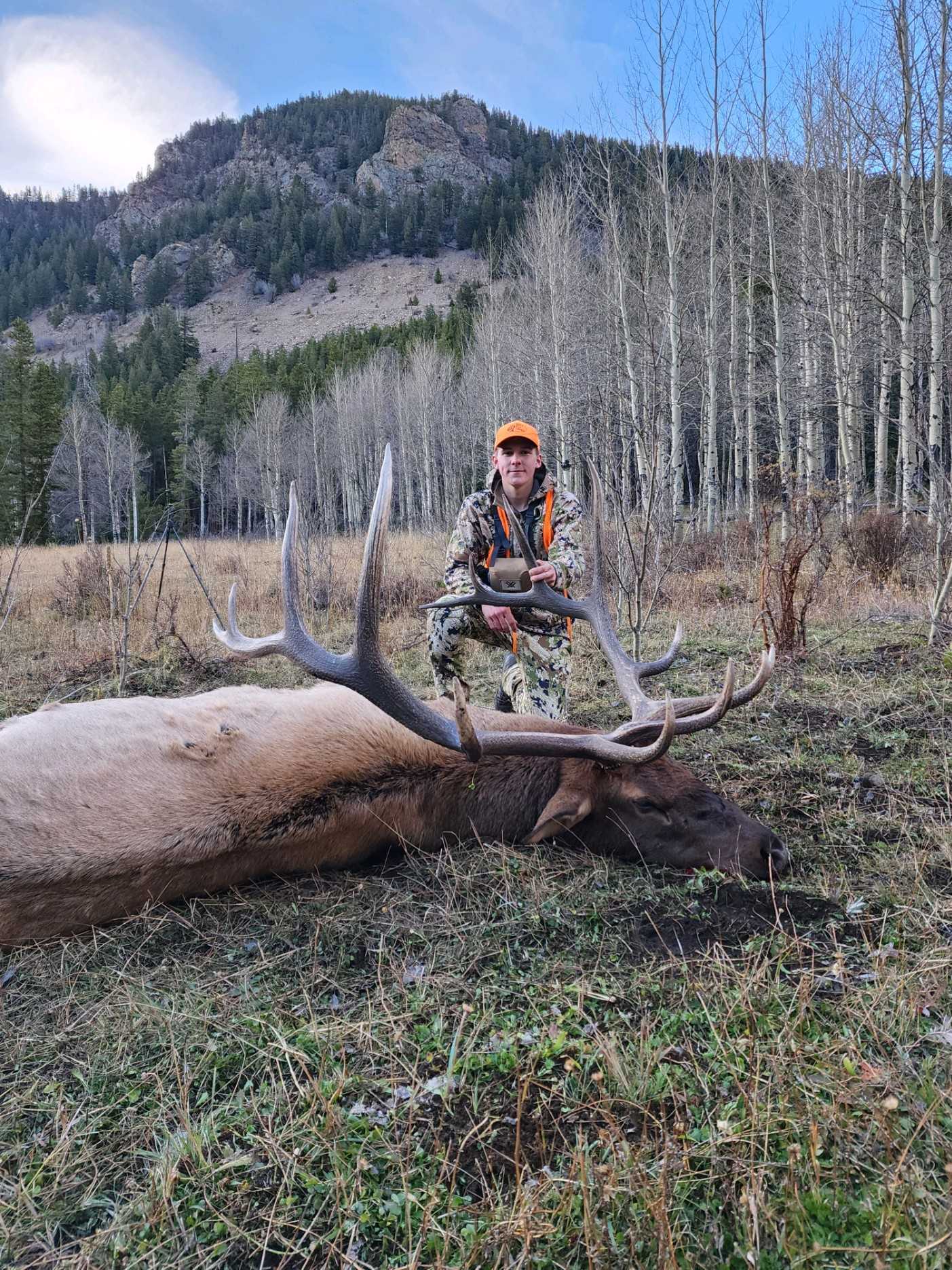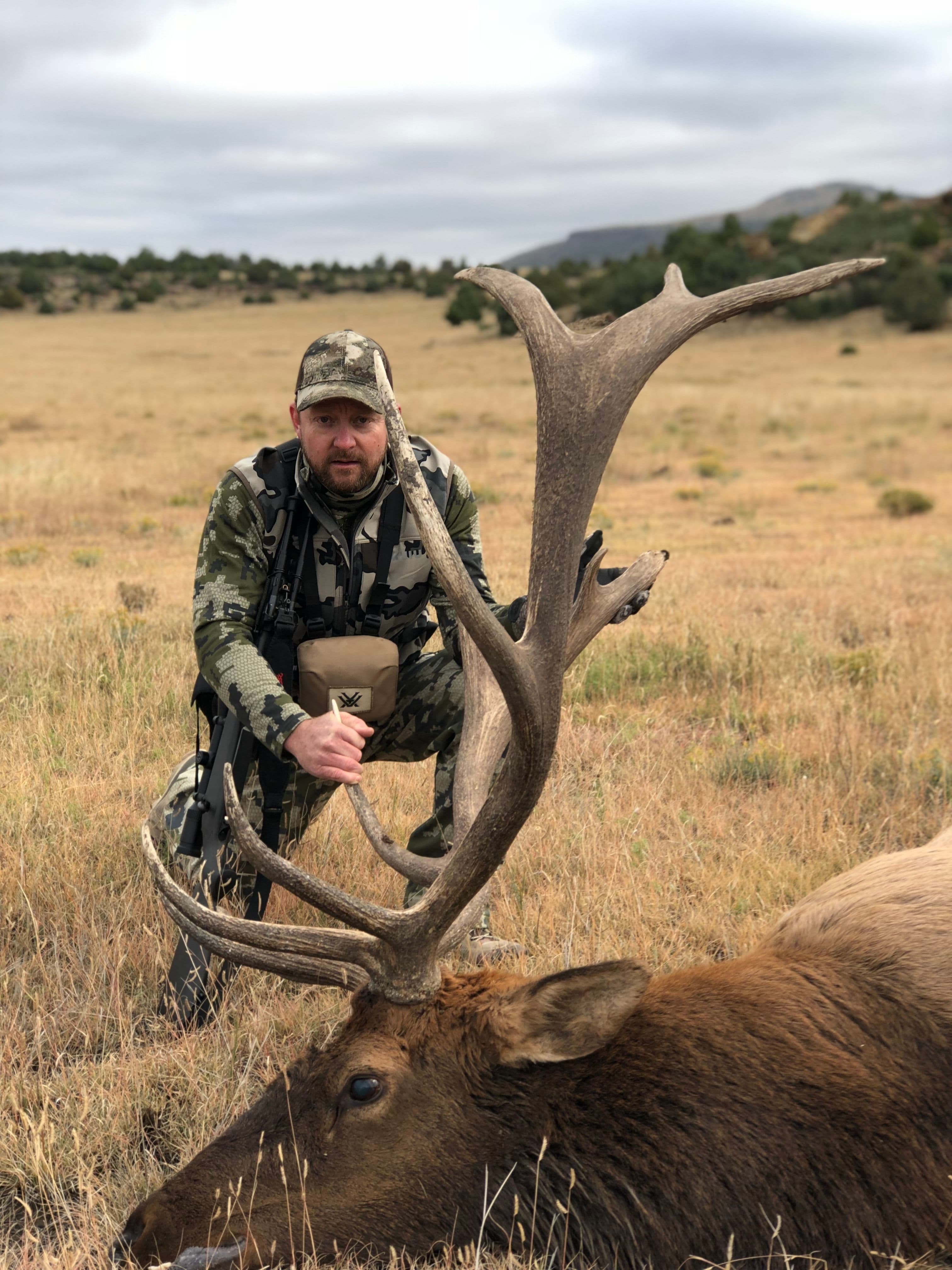Colorado’s Big Game Draw System Overhaul: What You Need to Know


Justin Hunold
01/17/2025
The Colorado Parks and Wildlife Commission (CPW) recently voted to update how Colorado awards most of its big game hunting tags. These changes signal a substantial shift in how licenses are distributed, aiming to resolve long-standing issues like point creep, overcrowding, and access disparities between residents and non-residents. For hunters, this isn’t just a procedural change—it’s a new era that will require rethinking strategies and adapting to a fresh system. The new system is designed to be fair and equitable, ensuring that all hunters have a chance to enjoy Colorado's abundant game. Let’s unpack what’s changing and how it impacts your next Colorado hunt.

The Old Draw System: A Double-Edged Sword
Colorado’s previous draw system was built on a hybrid model designed to reward loyalty. At its core was the preference point system: hunters earned a point for every unsuccessful application, which increased their chances of drawing a tag in future years. For coveted units, the hunters with the highest number of preference points were given priority.
This system worked well for some, particularly long-time applicants who saved substantial points. However, it created a bottleneck for newer hunters and those who didn’t begin applying early in their hunting careers.
The Problem of Point Creep
Point creep is the unavoidable byproduct of a preference point system. When more hunters with high point totals apply for a limited number of tags, the number of points needed to draw increases each year., The tag that required six points a decade ago might now require nine or ten, but there is no guarantee that it won’t increase again next season.
This phenomenon disproportionately affects:
- Newer hunters wace seemingly impossible odds of catching up.
- Mid-tier point holders are stuck in limbo where they’re close to drawing but never quite make the cut.
- Veteran hunters might be forced to use their hard-earned points on less desirable units just to avoid being left behind.
Colorado isn’t alone in this struggle. States like Utah, Nevada, Arizona, and Wyoming have experienced similar point creep issues. These systems were initially created to reward persistence but now often frustrate hunters who feel locked out of prime opportunities.
Colorado’s New Draw System: Key Changes

1. License Allocation Ratios
- Old System: Residents received 65% of tags for most hunt codes, while nonresidents received 35%. For high-demand hunts, residents received 80%, while nonresidents received 20%.
- New System: Beginning in 2024, residents will receive 75% of tags for most hunt codes, with nonresidents allocated 25%. The high-demand hunts will remain at an 80/20 split.
Why It Matters: For residents, this represents a meaningful increase in access to hunting opportunities, especially in units where nonresident applications often overshadow demand. Nonresidents will have a more challenging time securing tags, particularly for popular hunts.
2. Split-Draw Model
Starting in 2028, Colorado will adopt a split-draw system:
- 50% of tags will still be awarded based on preference points.
- 50% of tags will be distributed through a bonus draw, where every applicant has a chance. This bonus draw functions like a raffle, but hunters with more points will have better odds.
Why It Matters: The split-draw system balances opportunity, ensuring that newer hunters aren’t locked out while still rewarding those with years of preference points.
3. Limited OTC Archery Elk Licenses
Starting in 2025, nonresident OTC archery elk licenses will transition to a draw system in units west of I-25 and GMU 140. Residents will still have access to OTC archery elk licenses in these units.
Why It Matters: This change addresses overcrowding, a common complaint from both residents and non-residents. For non-residents, it adds complexity and competition to a hunt that was previously straightforward to access.
How These Changes Affect Your Hunt
For Resident Hunters
The increased allocation to residents significantly boosts access to big game hunting opportunities. This change is a game-changer for hunters with fewer points, who will now have a better chance at drawing tags in hunts that previously felt out of reach. Resident hunters will also benefit from reduced competition in units that were once flooded with nonresident OTC hunters, giving them a sense of empowerment and excitement for their next hunt.
For Nonresident Hunters
Nonresident hunters will face tighter competition for fewer tags, particularly in highly sought-after units. The move to limit OTC elk licenses adds another hurdle, requiring more planning and flexibility. However, with the right preparation and a flexible mindset, nonresidents looking to hunt in Colorado can still find rewarding opportunities, making them feel prepared and in control of their hunting experience.
Adapting Your Draw Strategy
- Reassess Your Points: If you’ve been holding out for a high-demand unit, now might be the time to pivot. The split-draw system could open opportunities in lower-tier units sooner than expected.
- Diversify Your Applications: Apply for a mix of hunts, including easier-to-draw units. This strategy increases your odds of drawing a tag while keeping you in the running for your dream hunt.
- Plan for OTC Changes: Nonresidents should start planning now for the shift to a draw system for OTC elk units. Research draw odds and be prepared to apply in units where you previously hunted without needing a tag.
- Stay Informed: Follow updates from CPW and consult resources like the Colorado Big Game Brochure for the latest information. Online communities and forums can also provide valuable insights and real-time advice.
Final Thoughts: A New Era for Colorado Hunting
Colorado’s changes to its enormous game draw system are a bold response to mounting frustrations over point creep and overcrowding. While these updates may feel like a significant adjustment, they offer residents a renewed sense of opportunity and a more equitable system for all hunters.
As you prepare for your next Colorado hunt, take the time to adapt your strategies to the new system. Flexibility and preparation will be key, whether that means researching alternative units, considering less competitive species, or adjusting your expectations for high-demand hunts. Tools like the Infinite Outdoors app can help you find the best opportunities to match your goals.
In the end, these changes are about more than just numbers—they’re about ensuring Colorado remains a premier destination for hunters, preserving its legacy of opportunity and fair chase for future generations.